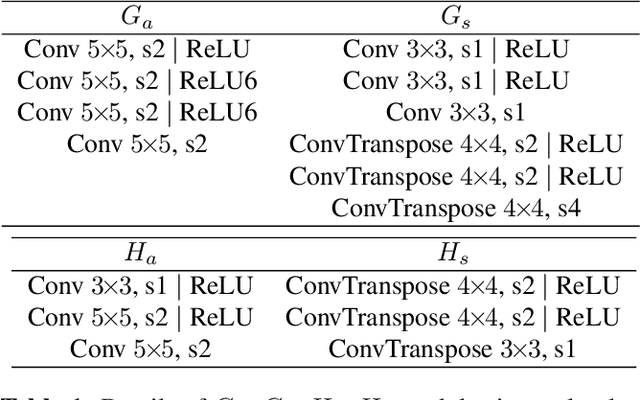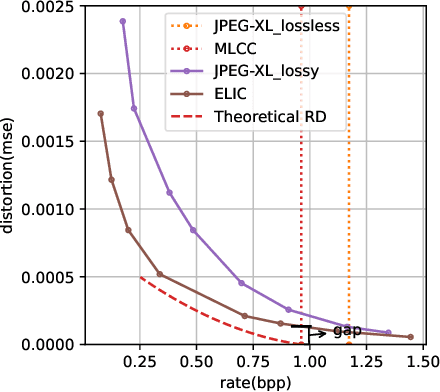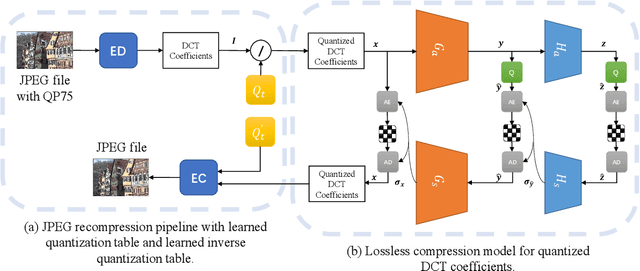Jianghui Zhang
GraphTEN: Graph Enhanced Texture Encoding Network
Mar 18, 2025Abstract:Texture recognition is a fundamental problem in computer vision and pattern recognition. Recent progress leverages feature aggregation into discriminative descriptions based on convolutional neural networks (CNNs). However, modeling non-local context relations through visual primitives remains challenging due to the variability and randomness of texture primitives in spatial distributions. In this paper, we propose a graph-enhanced texture encoding network (GraphTEN) designed to capture both local and global features of texture primitives. GraphTEN models global associations through fully connected graphs and captures cross-scale dependencies of texture primitives via bipartite graphs. Additionally, we introduce a patch encoding module that utilizes a codebook to achieve an orderless representation of texture by encoding multi-scale patch features into a unified feature space. The proposed GraphTEN achieves superior performance compared to state-of-the-art methods across five publicly available datasets.
Unified learning-based lossy and lossless JPEG recompression
Dec 05, 2023



Abstract:JPEG is still the most widely used image compression algorithm. Most image compression algorithms only consider uncompressed original image, while ignoring a large number of already existing JPEG images. Recently, JPEG recompression approaches have been proposed to further reduce the size of JPEG files. However, those methods only consider JPEG lossless recompression, which is just a special case of the rate-distortion theorem. In this paper, we propose a unified lossly and lossless JPEG recompression framework, which consists of learned quantization table and Markovian hierarchical variational autoencoders. Experiments show that our method can achieve arbitrarily low distortion when the bitrate is close to the upper bound, namely the bitrate of the lossless compression model. To the best of our knowledge, this is the first learned method that bridges the gap between lossy and lossless recompression of JPEG images.
 Add to Chrome
Add to Chrome Add to Firefox
Add to Firefox Add to Edge
Add to Edge